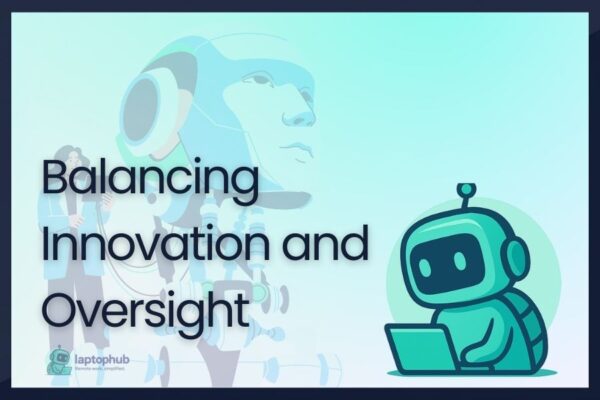Meta is introducing new parental control tools for its AI chat features, allowing parents to block or monitor teen interactions with chatbots across its platforms. The update highlights Meta’s push for safer, more transparent AI experiences for younger users.
Meta Platforms has announced it will roll out a tailored set of parental-control features designed to regulate how teenagers engage with AI-powered characters on its platforms. The update—announced in a blog post by Adam Mosseri (Instagram head) and Alexandr Wang (Meta Chief AI Officer)—was revealed on October 17, 2025.
Beginning in early 2026, parents will gain the ability to disable one-on-one chats between teens and certain AI characters, or restrict access to selected characters altogether. These controls will debut on Instagram in the U.S., U.K., Canada and Australia (English-language only) and will later expand to other regions.
While these restrictions apply to custom AI characters, Meta’s main “Meta AI” assistant will remain accessible to teen users—albeit with default age-appropriate protections in place.
Enhancing Insight Without Exposing Private Chats
Alongside blocking options, Meta also plans to provide parents with topic-level insights into their teens’ conversations with AI characters. For example, parents may receive summaries of the topics being discussed—such as sports or hobbies—without accessing full chat transcripts. This is designed to foster discussion between parents and teens about AI use rather than punitive surveillance.
Teen accounts will also be subject to content filters consistent with a PG-13 standard—covering AI chats as well as standard feeds. The company says it aims to direct teens away from content involving self-harm, sexual content or extreme violence.
Why It Matters
- Teens and AI chatbots are converging fast. Studies show more than 70 % of teenagers have used AI companions and roughly half use them regularly—raising questions about emotional safety, data privacy and oversight.
- A shift from reaction to proactive controls. Meta’s announcement signals an attempt to move beyond yesterday’s reactive patch-ups toward structured governance of AI-based interactions with minors.
- The broader regulatory spotlight is intensifying. With regulators and advocacy groups scrutinizing how AI chatbots interact with younger users, Meta’s move could set a benchmark for other platforms.
What to Watch
- The initial rollout of these features and how smoothly they operate in practice—especially for parents in the first rollout regions.
- The effectiveness of topic-level insights: Will parents find them meaningful and will teens accept them without significant pushback?
- How Meta handles character-specific blocking: Will it permit flexible choices, or will some characters be entirely inaccessible to teens?
- Whether similar controls will expand to other platforms (Facebook, Messenger, WhatsApp) and languages beyond the English-speaking markets.
- How regulators respond—will this move reduce pressure or invite new scrutiny into AI chatbots and youth safety?





